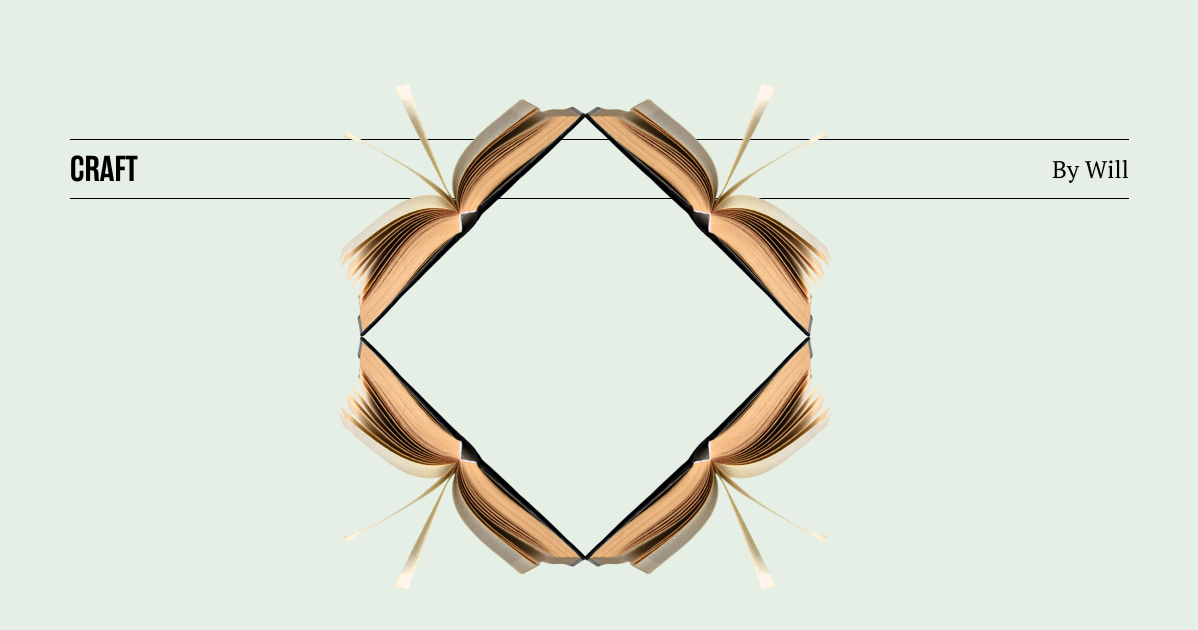The Genres of Data Stories

Data stories can cover just about any topic or format, making it difficult to think about them in an organized way. But as a data journalist, it's my job to do just that–I'm presented with ideas, datasets, and pitches every day, and I have to quickly figure out how we can shape those into stories and package them for our readers.
One thing that helps with this process is splitting data stories into categories–what I like to think of as ‘genres’. Each genre has natural story structures and formats that fit well, which will save you valuable time when developing a narrative.
So, without further ado, here are the four genres of data stories.
Disclaimer: This is simply my own system of categorization, there are many others, and not every data story falls neatly into one of these categories. Many stories combine aspects of many categories or defy categorization entirely.
Question story
Sets out to answer a question using data, usually following a fairly scientific narrative of question -> hypothesis -> experiment -> results -> conclusion.
Almost all data stories will answer a question of some sort, but what sets this genre apart is their laser focus on answering a single question, and the often methodical approach to arriving at the answer and presenting that approach by walking a user through each step of answering that question. Many question stories will have question titles (eg. “Are men singing higher in pop songs?”) and if they don’t, they can almost always be easily rephrased as a question. For example, 538’s story “The worst tweeter in politics isn’t Trump” is really a question story that we could call “Who is the worst tweeter in politics?” Lots of stories from The Pudding fall into this category.
Examples
- Can one earthquake trigger another on the other side of the world?
- Are men singing higher in pop songs?
- The worst tweeter in politics isn't Trump
How it happened
Reconstructs an event or story and uses data and visuals to show how it happened, often uncovering some new information or correcting a misconception.
These stories almost always follow a linear chronological narrative. These can be confused with question stories. After all, many of these have titles that could be rephrased as questions. Eg. “How did the surfside condo collapse?” But the distinguishing factor is that these stories focus on explaining a single event. The question story is generally broader, for example, it might be “Are more buildings collapsing today than they used to?”
Examples
- The Surfside Condo Was Flawed and Failing. Here’s a Look Inside.
- Italia, The Airship Crash Chronicle
- How escalating climate change fuels California's infernos
- SCMP's coverage of the 2019 Hong Kong protests
How it works
Explains a process using data and visuals.
These stories may also answer some questions or talk about some specific events along the way, but the focus here is on explaining a tool, process, technology, or method. These stories frequently use infographics or diagrammatic illustrations to show how something works. Lots of excellent examples come from Reuters, SCMP, and NatGeo.
Examples
- How California uses dozens of aircraft to battle wildfires
- Adam Ondra, The Climber
- Those Hurricane Maps Don’t Mean What You Think They Mean
- Let's Learn About Waveforms
Look at all this cool data!
Explorations of interesting datasets with the goal of “let’s see what we learn from this data”.
Lots of stories don’t set out to answer a specific question, or explain a specific concept or event. Instead, the goal is to show interesting data sets. Sometimes the final story is presented as “here’s a lot of cool data presented in a nice way for you to explore and gather your own conclusions,” and sometimes there’s more structure. These stories often answer questions, but they are not question stories because 1) they don’t focus on a single question and follow a methodical format, and 2) they started with the data, not the question. A common format for these stories is similar to a bullet point list like, “here are 5 things we learned from analyzing this dataset”.
Examples
- ‘The Office’ Dialogue in Five Charts
- An illustrated guide to all 6,887 deaths in ‘Game of Thrones’
- Visualizing the World's Population in 3D
Bonus: The Subgenres
Each of these genres could be broken down even further into subgenres. I can't cover all of those here, but I will highlight two that are particularly common in visual journalism.
- Scale story: Shows the scale of something, usually how big something is by comparing it to the size of something else. These are typically a subgenre of question stories (eg: “How big was the Tonga volcano eruption?”) that have a simpler story structure, doing away with the scientific narrative in favor of simple comparisons. Examples: How big was the Tonga eruption? // Drowning in plastic
- How it could happen/How we can solve it: There are a couple of subgenres of the How it happened genre. The first shows possible scenarios of an event and outlines how they might play out. An example could be explaining climate scenarios and how the world would change in response. The second subgenre is explaining how a problem happened, and how we can solve it. Examples: The Battle for Taiwan (how it could happen) // Food Waste is a Big Climate Problem We Can Actually Solve (how we can solve it)
Next time you're tasked with creating a story out of your data, take a second to brainstorm which genre would best serve your message and audience. This step will help you quickly create a cohesive and interesting story for your reader.
Save this list for future brainstorming:
- Question story: Answers a question with data using question -> hypothesis -> experiment -> results -> conclusion. Can include a Scale story to compare the size of one thing to another.
- How it happened: Reconstructs an event or story and uses data and visuals to show how it happened. Can include How it could happen story where possible scenarios are played out.
- How it works: Explains a process using data and visuals.
- Look at this cool data: Explorations of interesting datasets with the goal of “let’s see what we learn from this data”.
